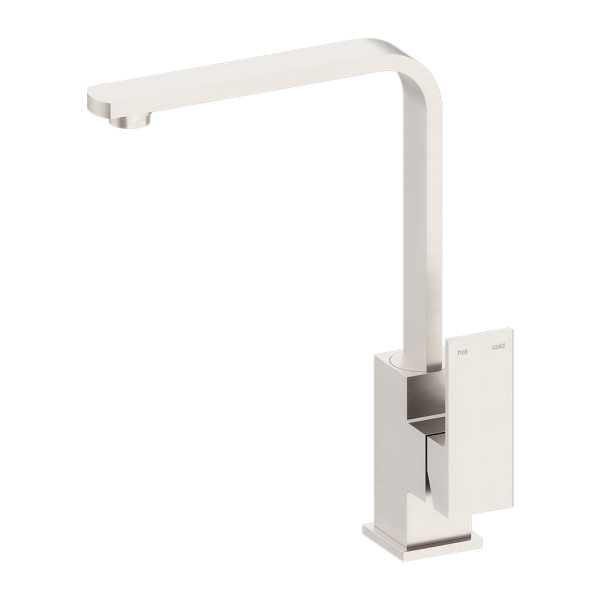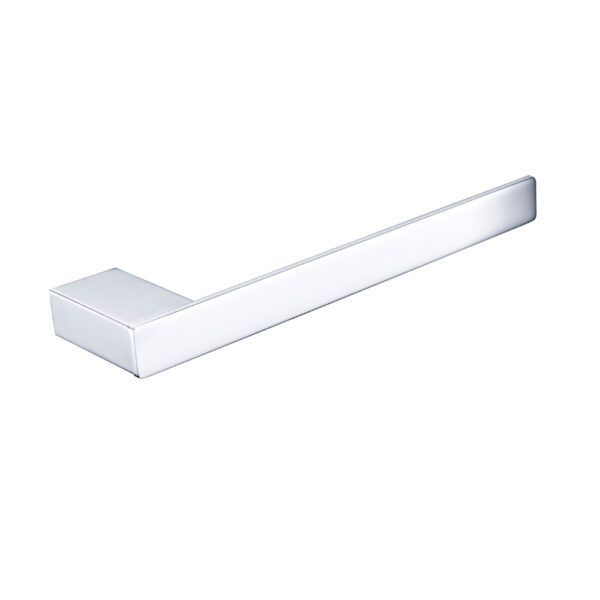Ikon INOX Care A1999
DAY-TO-DAY CARE
After use wipe the stainless steel product surface with a soft damp cloth and rinse with water. In hard-water areas, an application of Inox will help avoid any build-up of waterborne deposits. Although stainless steel is an extremely durable material and will withstand a great deal of heavy use, it can be scratched by hard or sharp objects. To keep the surfaces blemish free, reasonable care should be taken when handling such items.
CAUTION: Certain household products contain substances which will damage the stainless steel surface, they are:
1. BLEACHES
Most common domestic bleaches contain Chlorine in the form of hydrochloride. Chlorine attacks the Chromium Oxide film on the surface and can cause pitting. Undiluted bleaches can cause surface pitting and staining. Bleach should be immediately rinsed off with plenty of water. All cleaning agents containing hydrochloride are unsuitable for use with stainless steel, even highly diluted these can cause pitting. It is strongly recommended that the sink is not used for soaking or cleaning in hypochlorite solutions.
2. CHEMICAL STORAGE
Chemicals including hydrochlorides should not be stored in the cabinet under your sinkware. Even closed containers leach corrosive vapors. Your bowl will be damaged and this will affect your warranty.
3. SILVER DIP CLEANERS
These are particularly harmful since they contain strong acids which can cause discolouration and pitting. The first sign of this is an iridescent rainbow stain which turns an etched dull grey colour. Should any Silver Dip Cleaner come into contact with the surface of the stainless steel it should be immediately rinsed off with plenty of water.
4. CORROSIVE FOODSTUFFS
Fruit juices, damp salt, vinegar, ready-made mustards, pickle and mayonnaise can cause pitting and corrosion if left in contact with the stainless steel surface.
5. ACIDS
Sulphuric, Hypochlorite and other strong acids will cause pitting corrosion, as will photographic developing liquids. All should be immediately washed off with plenty of water if contact occurs.

































